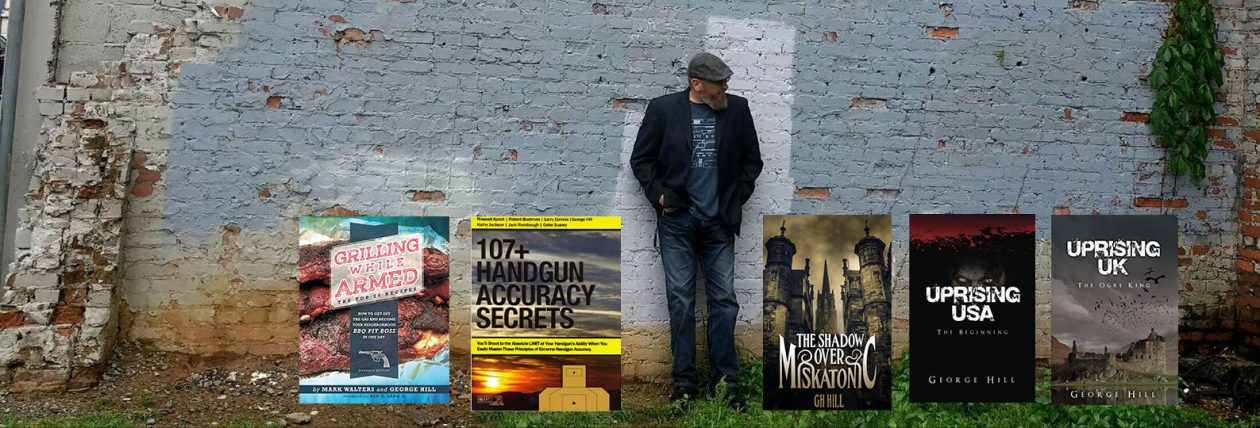I used to hear about Progressive Rifling in old guns from years gone by. I don’t hear about them anymore… Which to me seems odd. With modern precision machining, it should be much easier to produce a good Progressive Rifled barrel.
The advantage of this would be much like a Back Bored barred in a shotgun… Less felt recoil and a higher shot velocity. Who wouldn’t want this in a rifle? I guess the modern Polygonal Rifling pretty much does the same thing, and it’s easier to achieve, but not everyone likes the stuff. I know several guys that have a healthy distrust of any barrel that doesn’t have traditional lands and grooves.
I could especially see an advantage in a progressive barrel in calibers that prefer a long free bore… such as most of the Weatherby calibers. In a traditional rifled barrel, the bullet is slammed into the rifling a torqued around rather suddenly into the twisted rifling. This problem increased as the freebore is increased. This slamming can cause deformity in bullets and inconsistent pressures if the bullet is seated at eve slightly different depths. Progressive Rifling would slowly turn the bullet into an increasingly accelerating twist until the bullet leaves the barrel at the desired twist rate… and balance the pressure curves, thereby helping to increase accuracy. With increased velocity and accuracy… that would allow the full potential of any cartridge fired from it.

IIRC, the SW 460 revolvers have progressive rifling.
Can’t remember where now, but I remember reading about somebody who was doing a short AR barrel that used progressive, polygonal, rifling in order to minimize the velocity loss due to the short length.
Schuemann has used gain twist in his pistol barrels for several years now.
I think progressive, or “gain twist” rifling has an allure that vanishes with careful consideration. The bullet starts at zero velocity, zero rpm. As the velocity increases the RPM increases in exact proportion.
In freebored chambers the bullet will enter the rifling at very low velocities, perhaps 100 FPS. Remember, the bullet starts at zero velocity, and only jumps a small part of an inch before meeting the rifling, and the powder has only just begun to burn.
With gain twist, the rifling will start close to zero twist and increase its helix as it gets closer to the muzzle. That means that the groove embossed in the bullet by the land of the rifling must “smear” as the lead angle increases in the rifling. Bullet metal must be displaced or removed to allow this smearing.
That does make a lot of sense, but reread what George said about calibers that prefer a long freebore. There are some situations where you would have a longer jump to the rifling and gain twist rifling might help.
Revolvers are another one. Especially revolvers like the above mentioned S&W 460, that deal with extremely high pressures and potentially cartridges that are shorter than the chamber (like .454 Casull fired in the .460). You could end up with a bullet moving several hundred fps by the time it engages the rifling and that could mess with the engraving even worse than the changing twist, not to mention the risk of strange pressure spikes or damage to the forcing cone if the transition isn’t made as soft as possible.
JesseL, your memory serves you correctly. The outfit making progressive polygonal rifled AR-15s is called Armstech:
http://www.armstechltd.com/products.php?id=compak16
Now, perhaps someone could help me with a fleeting memory. Is it true that progressive rifling is more common in large-bore autocannons and suchlike that use driving bands?